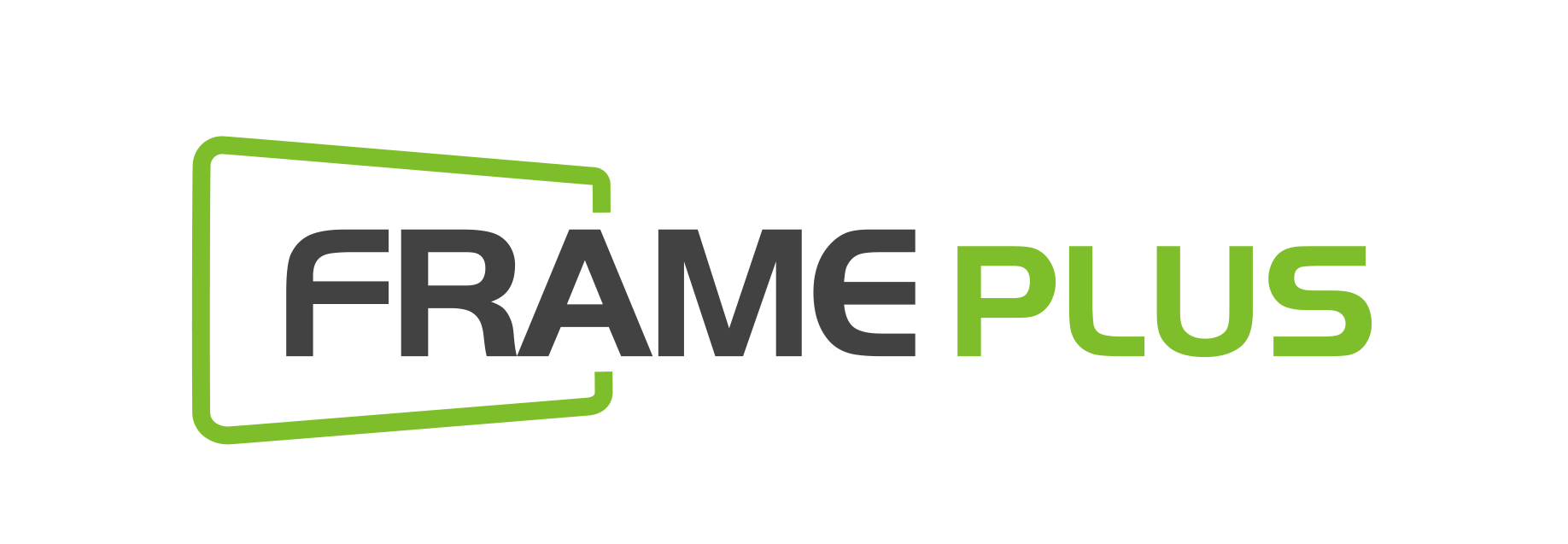
In the world of exhibitions and trade shows, attracting attention is crucial. One of the most effective tools for achieving this goal is large-scale backlit exhibit light boxes. These illuminated displays not only enhance the visibility of images but also add a touch of sophistication to any booth setup. But how exactly do they illuminate? Let's delve deeper into the mechanics and technology behind these eye-catching displays.

Understanding Backlit Lightboxes
Backlit lightboxes are essentially display frames with illuminated backgrounds. They are designed to enhance the visibility of images, making them stand out even in dimly lit environments. This is achieved by placing a light source behind the image, illuminating it from behind, hence the term "backlit."
Components of Backlit Lightboxes
To understand how these light boxes illuminate, it's important to understand their key components:
Frame: Typically made of aluminum or other sturdy materials, the frame holds the entire structure together.
Light Source: LEDs are widely used due to their energy efficiency and long lifespan.
Diffuser Panel: This panel ensures that light is evenly distributed across the graphic.
Graphic Panel: The printed graphic that is illuminated. It is typically made of translucent material to allow light to penetrate.
The Role of LED Technology
The heart of any backlit light box is its light source. Traditionally, fluorescent tubes were used, but with technological advancements, LEDs have become the preferred choice. Here are the reasons:
A. Energy Efficiency
LEDs consume significantly less power than traditional lighting solutions. This makes them ideal for large exhibition backlit light boxes that require long-term illumination.
B. Long Lifespan
LEDs have a longer lifespan, meaning they last longer without replacement. This reduces maintenance costs and ensures consistent lighting throughout the exhibition or trade show.
C. Brightness and Clarity
LEDs provide bright, clear light, enhancing the vibrancy of display graphics. They can also be adjusted for varying brightness levels, providing flexibility based on the exhibition environment.
How Evenly Light is Distributed
A key feature of a custom light box is its ability to evenly distribute light across the display. This is where diffusers play a crucial role.
A diffuser is a thin, translucent sheet placed between the light source and the display. Its primary function is to evenly diffuse light, preventing hot spots or dark areas. This ensures that the entire display is evenly illuminated, enhancing its visual appeal.
Backlit lightboxes primarily utilize two lighting technologies:
Edge-lit: LEDs are placed along the edge of the frame. The light is then directed inward and evenly dispersed by a diffuser. This approach is more energy-efficient and allows for thinner frames.
Backlit: LEDs are placed directly behind the display. This provides more intense, even illumination, making it ideal for large displays requiring bright illumination.
Customizing Your Modular Backlit Lightbox
A. Size and Shape: Light boxes can be customized to fit a variety of sizes and shapes, depending on the needs of the exhibition space. Whether it's a standard rectangular frame or a custom shape, the possibilities are vast.
B. Graphic Interchangeability: Silicone edge graphics can be easily swapped out, allowing businesses to update their messaging or design without having to replace the entire light box. This flexibility is particularly beneficial for companies exhibiting at multiple exhibitions throughout the year.
C. Interactive Features: Some advanced light boxes incorporate interactive elements such as touchscreens or motion sensors. These features can more effectively engage visitors and provide a unique and memorable experience.
Applications Beyond Exhibitions
While large-scale backlit display boxes are popular at trade shows, their uses extend far beyond this. Here are some other applications:
A. Retail Environments
In stores, illuminated signage can attract shoppers and highlight key promotions or products. Vibrant displays capture attention and influence purchasing decisions.
B. Outdoor Advertising
Weather-resistant light boxes are ideal for outdoor advertising, ensuring visibility regardless of time of day or weather conditions.
C. Corporate Environments
In corporate settings, light boxes can be used for branding or to convey important information in lobbies or meeting rooms.
As technology advances, the potential for innovation in backlit light boxes continues to grow. Future developments may include smarter LED technology, integration with digital content, and more energy-efficient solutions.









